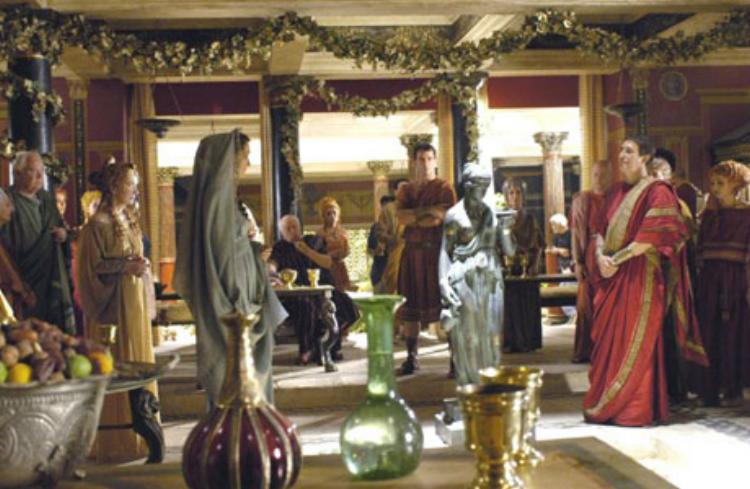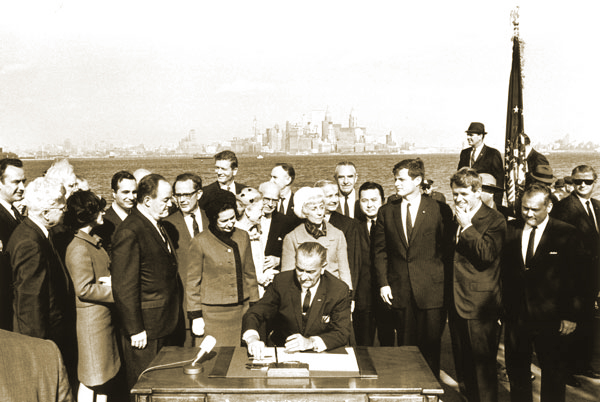
Megalodon tooth with two great white shark teeth.
I have re-read my year-old post “Blaming the shark, sparing the Megalodon” and it struck me as solid.
Those familiar with my classification (see for example: here) are aware that “bicausalists type B” like me maintain a totally different cognitive process than “bicausalists type A”: those who basically blame the Jews for our woes.
One of the most important questions in the movement that both monocausalists and the type Bs avoid is, What enabled Jewish empowerment in the West? (keeping in mind that they never took over the media in, say, China or the Muslim world). We must never forget that in the aftermaths of the French Revolution, Adrien Duport, a member of the Jacobin Club, ascended the tribune and said:
I believe that freedom of worship does not permit any distinction in the political rights of citizens on account of their creed. The question of the political existence of the Jews has been postponed. Still the Moslems and the men of all sects are admitted to enjoy political rights in France. I demand that the motion for postponement be withdrawn, and a decree passed that the Jews in France enjoy the privileges of full citizens.
Duport’s proposition was accepted amid loud applause, which means that Whites empowered Jews; the members of the tribe did not empower themselves. To my mind, the event reflects white suicidal tendencies, with all the euphoria of a triumphant liberal Revolution, in a nutshell. If the West survives its current condition, historians of the future will surely mark this momentum event as the quintessential not only of French pathology, but of white pathology in general.
I am starting to suspect that my “bicausalism type B” stance is the reason why my metaphor of the witches’ brew, that I picked from Pierce, is not being taken seriously—let alone my initiative to identify each ingredient of the brew (yes: including the transferences resulting from child abuse).
If I could I’d poll readers of the pro-white blogosphere: TOO, CC, MR, OD, AmRen, AOT, AltRight, VNN and NWF to see who’s bicausalist type A and who’s type B; asking them to intuitively assign percentages of blame on Jew vs. White.
In such an hypothetical poll I would say this: Since Jewish power is completely derived from white treason I would assign, tentatively, a bicausal blame to whites approximately in proportion to the size of the Megalodon vis-à-vis a modern white shark (see e.g., this virtual image of these two animals in the sea). If this hypothetical assignation reflects reality, it would mean that white pathology is the main factor of the West’s darkest hour.
Of course, I could be wrong. But I need reasons and facts to change my mind rather than insults, especially because I still believe in final solutions to the J problem. (Even when, mixing metaphors, bacterial pneumonia is a secondary infection to viral AIDS, such bacteria is still killing us; we must get rid of them.)
I cannot emphasize strongly enough that I find it rather comical when either a monocausalist or a type A bicausalist drops Jewish names in discussions with me pointing out that some kikes were involved in the Revolution. The central issue in this debate is, again, that whites empowered them and precisely because of enlightened ideas developed by whites.
Moreover, if my reading of history is accurate, the most important century to understand our current dilemma is the 19th century. After those Jacobins I quoted above, in the next century European nation after European nation subscribed the French emancipatory ethos throughout that century. (The singular case of the U.S. is even more pathological as that nation was founded not only upon Enlightenment hubris in 1776, but even previously by the original founding fathers of puritanical extraction that used the Old Testament as their guiding star.) From this point of view, the 19th century was the traitorous century par excellence: European whites virtually started to hand over their banking, media and cultural institutions to a clearly subversive tribe.
I cannot figure out a best way to close this entry than to quote from the mentioned article “Blaming the shark, sparing the Megalodon,” where an intelligent commenter responded to Greg Johnson, a type A bicausalist, with these words:
Deinking said…
When 2 percent of a population controls 98 percent with impunity, it’s empirical proof that that the 98 percent is inferior. If they weren’t inferior, things would be the opposite. Blaming Jews would be understandable if they were 20-30 percent of our population, but when they’re just a tiny fraction and still rule over us, we have no one to blame but ourselves. If we were just one-tenth as motivated, organized, and pitiless as they are, there would be no possible way for them to dominate us. They would hardly matter at all.
We Whites have always been too naive, too gullible, too kind, and idealistic. That’s our problem. If we were hardened realists then we would have destroyed Judaism and Jewish identity thousands of years ago, when the Romans had total control over Judea. But even the Romans were too softhearted and continually let the Jews have their own society even after they viciously slaughtered Roman citizens in their various rebellions… and this was before Christian morality warped our minds. There’s something seriously wrong with us.
Greg Johnson said…
Are humans inferior to scorpions and spiders because we are vulnerable to their stings? The term “inferior” is misplaced here. We are vulnerable to Jews, just as we are vulnerable to bullets. When a man has been shot, you don’t blame him for not being bullet proof. You blame him, though, if he handed his gun over to a criminal.
Denikin said…
A human getting accidentally stung by a scorpion is one thing. But when millions of humans have been repeatedly stung by scorpions for 2,000 years and have not yet learned to stay away from them, it means there’s something wrong with the humans, not the scorpions.
Thanks Mr. Deinking. I have nothing to add.



